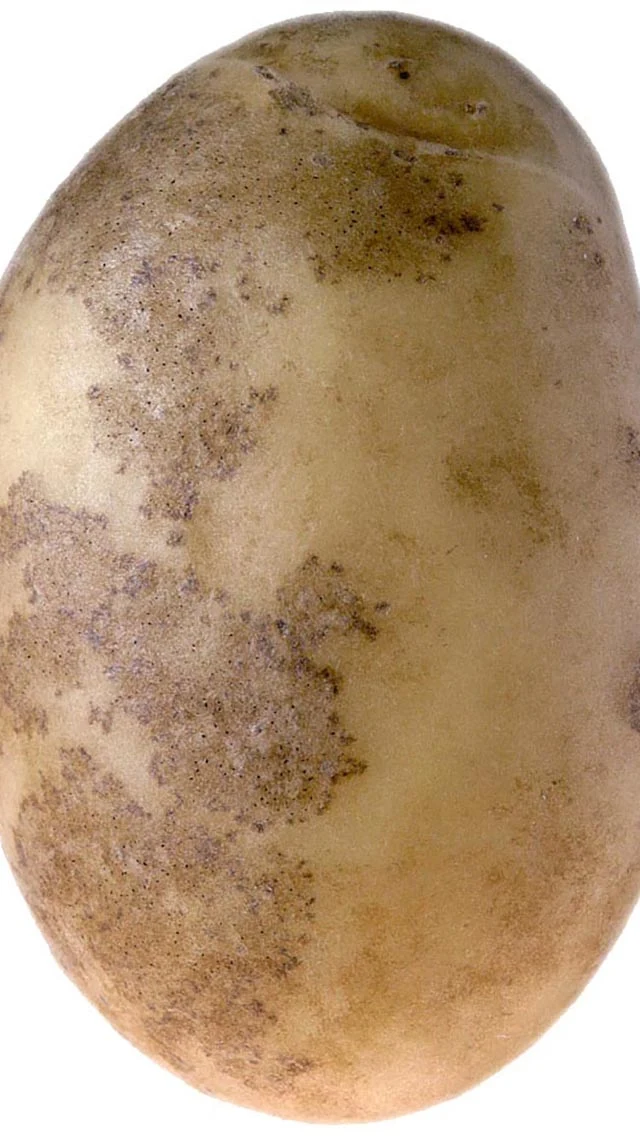
Black Dot
Colletotrichum coccodes
Pathogen
Fungus
Hosts
Potatoes, tomatoes and other solanaceous weed species.
Symptoms
Appears as grey lesions on the tuber surface and can be mistaken for silver scurf but the two diseases can be distinguished by the presence of microsclerotia (black dots) within the lesions. These are visible to the naked eye but can be seen more clearly when viewed with a hand lens.
The disease can be found on stolons, roots and tubers. Invasion of the vascular tissue in the roots can lead to plant wilting.
Development
The most common source of infection is by sclerotia attached to the seed tuber. Once introduced into a field the sclerotia can survive for up to 7 years. These sclerotia release spores in the spring which move into the underground parts of host plants. The disease can continue to develop in storage especially with warmer temperatures.
Favourable Factors
Warm, wet growing conditions with poor drainage.
Importance
Black dot is a very commonly occurring disease in the UK which adversely affects skin quality and marketability in the washed pre-packing sector.
Control
Plant disease free tubers
See the National List for varietal tolerance
Rotation of up to 5 years
Remove volunteers, crop debris and host weeds
Harvest early
Symptoms develop at higher storage temperatures (above 4°C).
In-furrow fungicides can help to suppress inoculum


